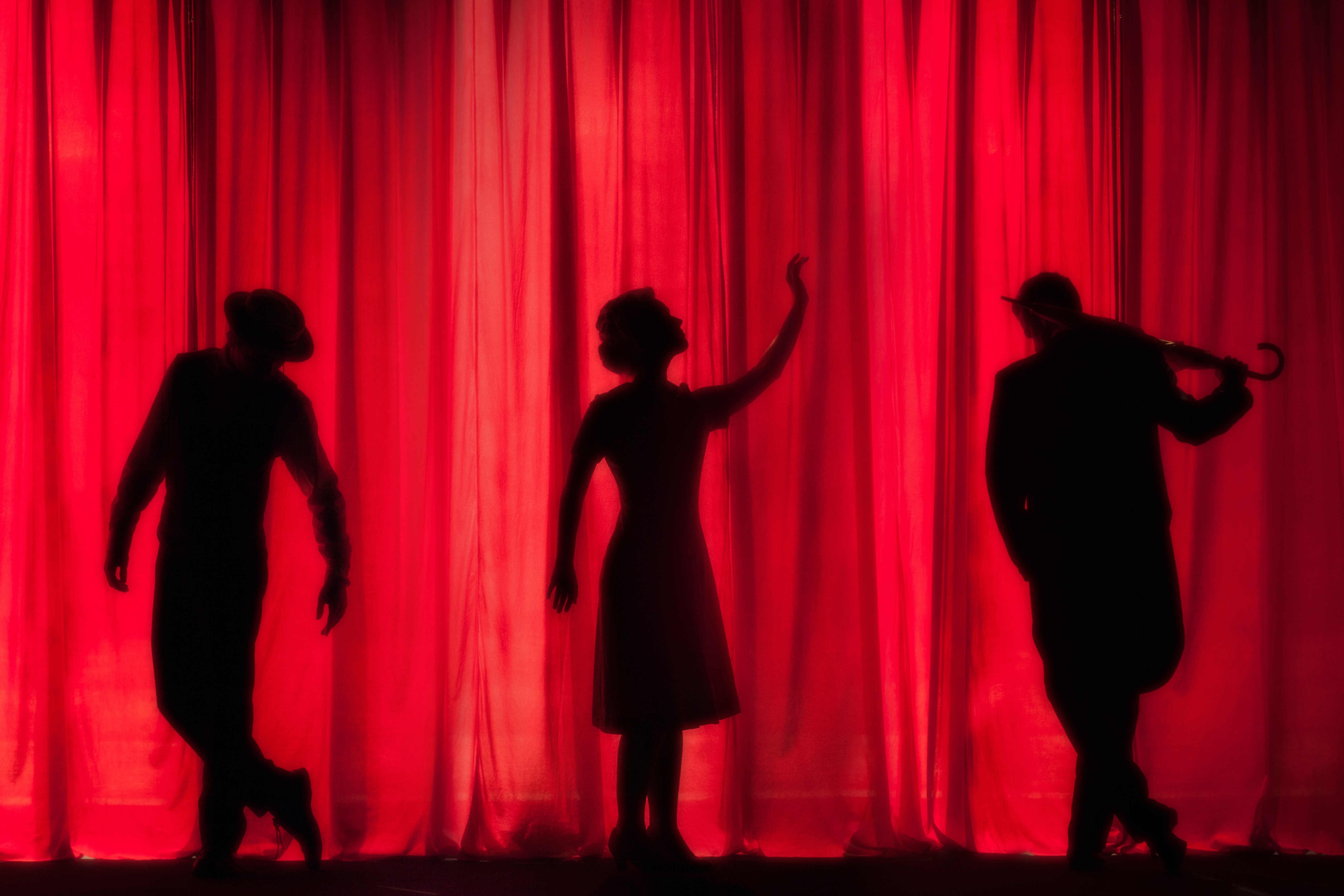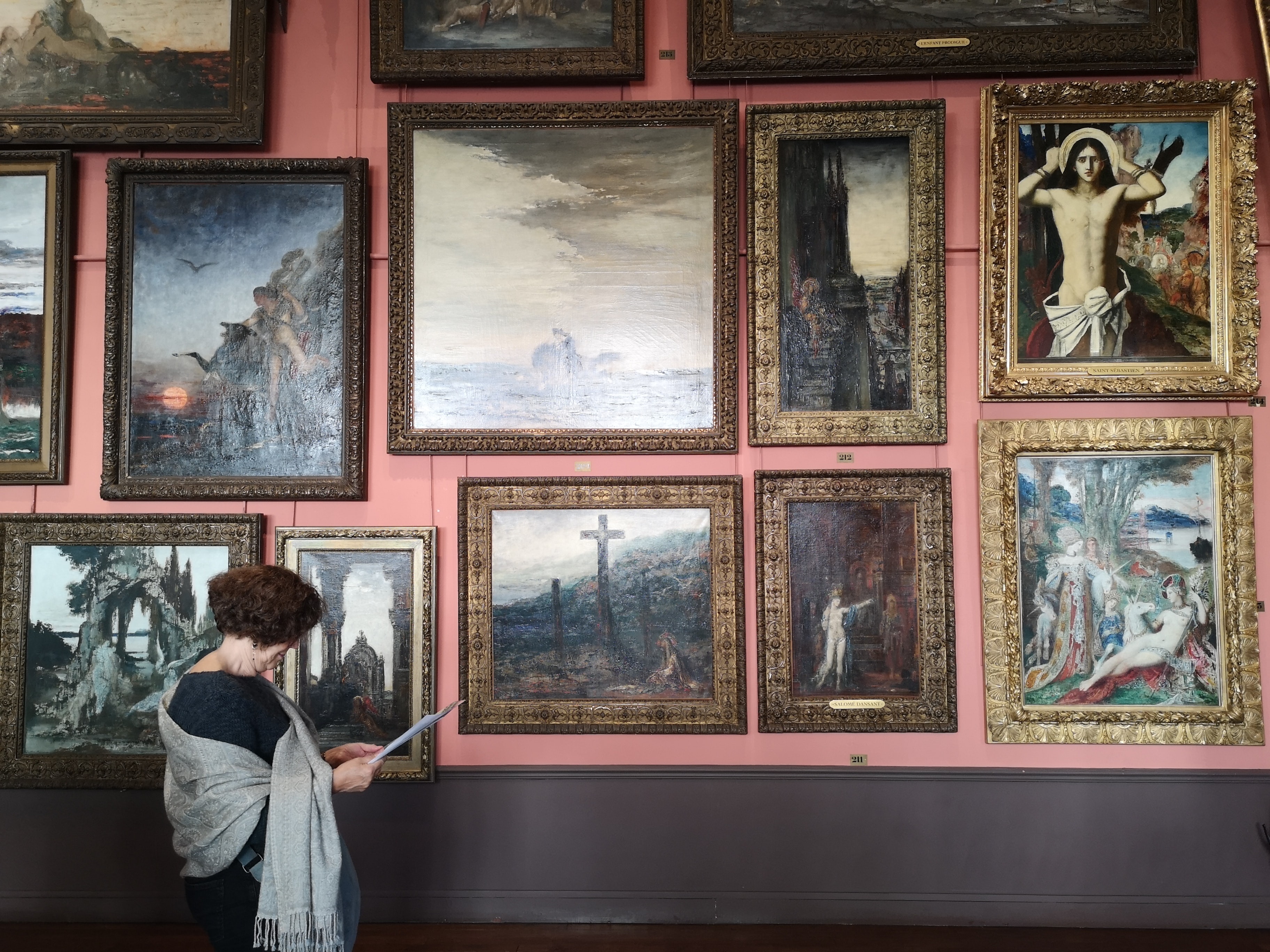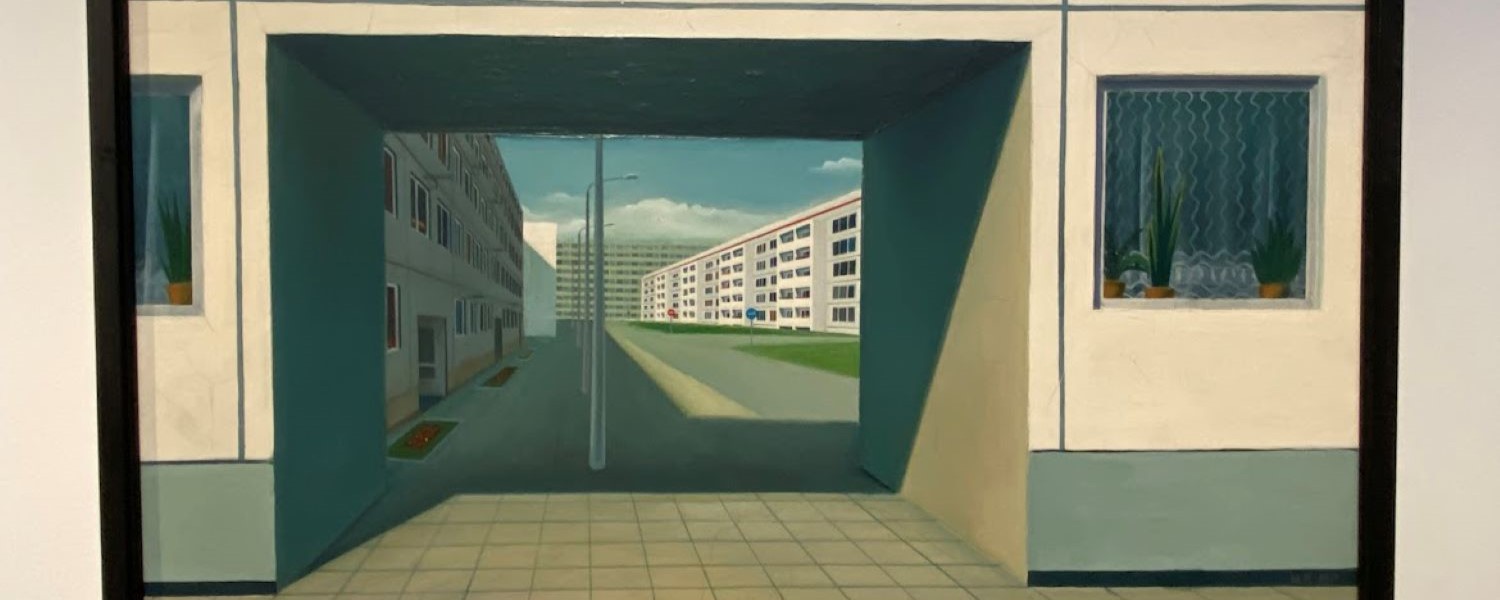
The first part of this blog series looked at the impact the coronavirus has had on the arts sector so far, and at the help being offered to alleviate it.
In social isolation, many people turn to art for entertainment and comfort and as a means for connecting with others, and the importance of the arts for wellbeing becomes increasingly apparent. Despite the huge strain the sector is under, its organisations and professionals are finding innovative ways of overcoming the challenges they face, to continue creating and engaging with the public.
How is the sector responding?
With venues closed and in-person events cancelled, the arts have moved online, and the sector is essentially undergoing an imposed digital shift.
Galleries and museums across the world have digitised and moved online, allowing the public to explore their collections virtually, and often for free. Several galleries have been experimenting with virtual reality platforms, allowing them to arrange and display their collections as they would onsite. The Getty Museum in California has even made its collections available via “Animal Crossing”, allowing gamers to view and display artworks from the Getty on their own virtual islands.
Theatres and performing arts companies have responded to the crisis by making performances available for free via streaming platforms. London’s Royal Opera House have been streaming free opera and ballet performances, Shakespeare’s Globe theatre has made a large collection of its recorded stage productions available for free, the English National Ballet have been offering remote ballet lessons, and the National Theatre have made a collection of its productions available through YouTube.
Artists, like many people, are working from home. Well-known artists including Anthony Gormley, Grayson Perry, David Hockney and Tracey Emin have been sharing their work during lockdown using social media.
Musicians have also been using social media and streaming platforms to share performances and collaborate with one another. New music has been created in response to the pandemic, and many artists have participated in live stream events to raise money for music venues which are at risk because of the crisis. Major global broadcast events such as ‘Together at Home’ have included performances from well-known artists like Lady Gaga and Elton John, to raise funds for frontline workers and the World Health Organisation.
By going digital, the arts sector is successfully keeping the public engaged, but concerns have been raised about the sustainability of this new model where most content is being offered for free, and there is uncertainty about how the public will choose to consume arts and culture in a post-coronavirus world.

What is needed going forward?
Despite the funding efforts and the hard work of the arts sector, as social distancing continues, concerns are growing about how the sector will withstand the financial pressures as the crisis moves into its next phase. As the emergency funds offered by Arts Council England (ACE) are quickly running out, their CEO Darren Henley has emphasised that ACE simply do not have “the resources needed to secure the income of individuals or the future of shuttered organisations through an extended lockdown, nor the ability to support the costs of reopening”. He argues that finding a solution going forward will require close engagement between government and arts organisations.
A recent letter, written by the Creative Industries Federation (CEF) and signed by 400 of the UK’s leading artists, has warned that the UK is in serious danger of becoming a “cultural wasteland” despite the funding that has been offered so far, and called for urgent funding from the government to support creative industries.
The Culture 2030 Goal Campaign have argued that the arts and culture sectors are “too often compromised in budget allocations”, and have called on governments to take immediate action to protect the sector which will play a fundamental role in helping communities to recover from the crisis. This argument has been echoed by United Cities and Local Governments (UCLG), who have also emphasised the vital role of arts and culture in making sense of the world post-crisis.
Hans Ulrich Obrist, the artistic director of London’s Serpentine gallery, has argued that a multimillion-pound public arts fund is needed, similar to the programmes offered by Franklin D Roosevelt to support the arts during the Great Depression.
Final thoughts
The arts are finding ways to adapt, create, and innovate during the coronavirus crisis, despite serious financial strain. Arts professionals recognise that the sector has recovered from crises before and will find a way of doing so again. It has also been argued that the crisis has given the sector a chance to slow down, reset, and develop a more sustainable way of working together in the future. ACE have pointed out that, while the hardest part may be yet to come, they now have “an emerging sense of what the months ahead may look like and a chance to prepare”. Like most other sectors and areas of society, the arts will move into its own “new normal”, but just what that will look like remains to be seen.
Part one of this blog post was published on Monday 11 May.
Further posts on our blog concerning the arts and culture include:
Share
Related Posts
A recent item on BBC Radio 4’s Today programme generated an unusually high number of responses from listeners. A man who had lost his job in the financial services sector at the age of 57 described his difficulty in trying ....
Tackling geographical inequalities is critical for ensuring that all parts of the country have the potential to prosper. When the UK was a member of the European Union, it was entitled to a share of funding from the EU’s structural ....
By Robert Kelk and Chris Drake A new start for an old challenge? The recent appointment of Marc Lemaître as the European Commission’s director general for research and innovation (R&I) has returned Europe’s R&I gap to the spotlight. Previously head ....

